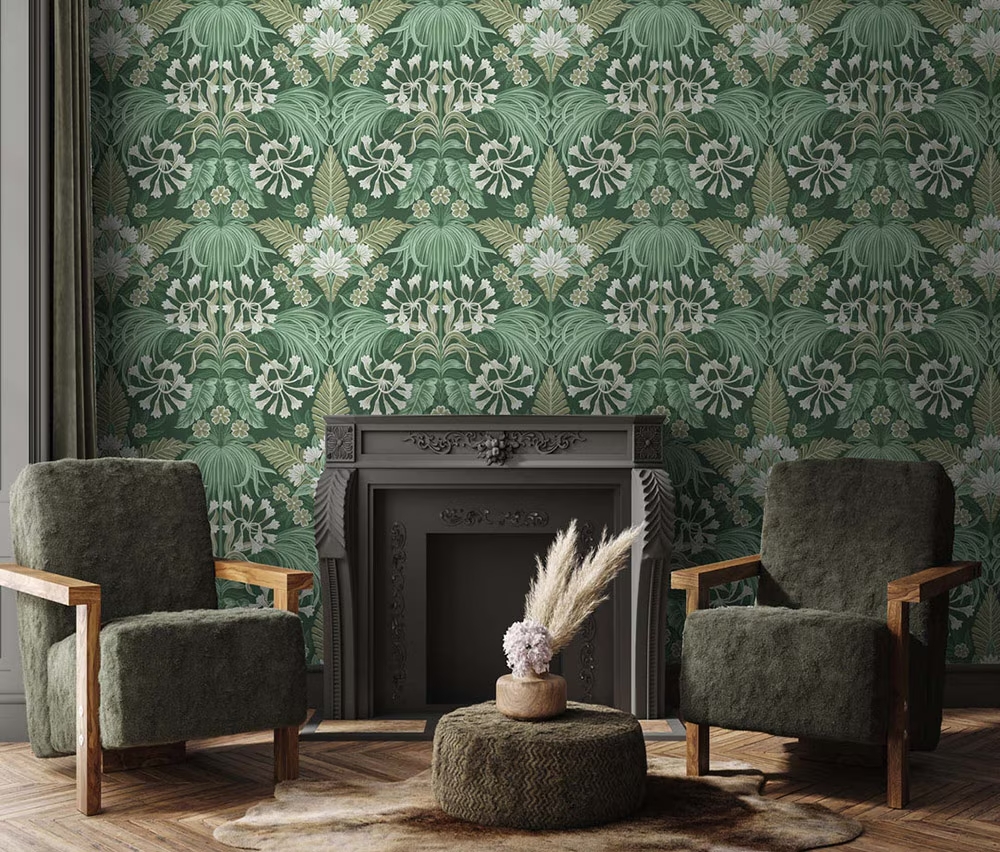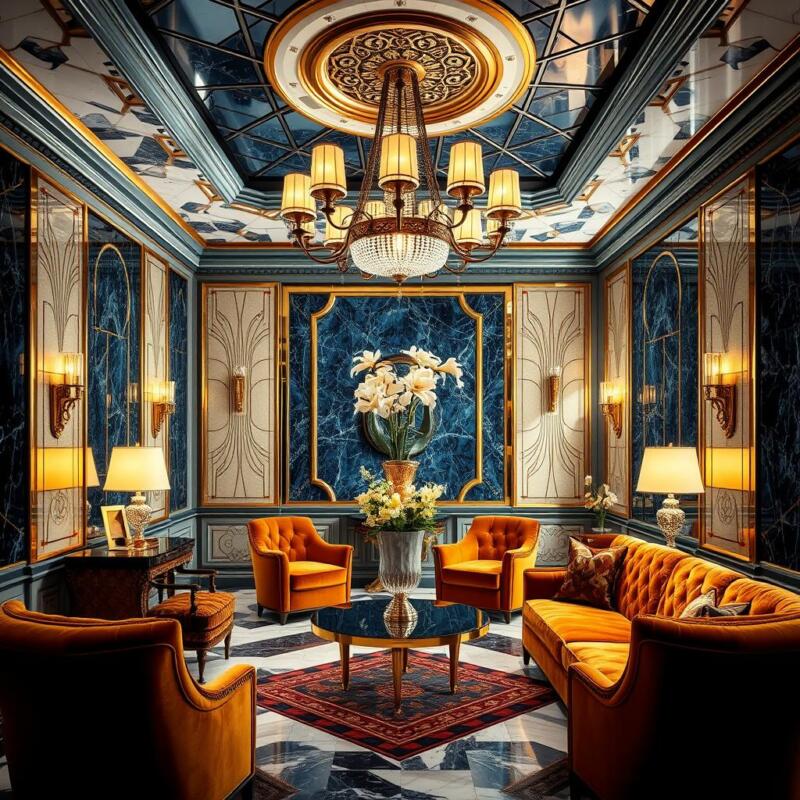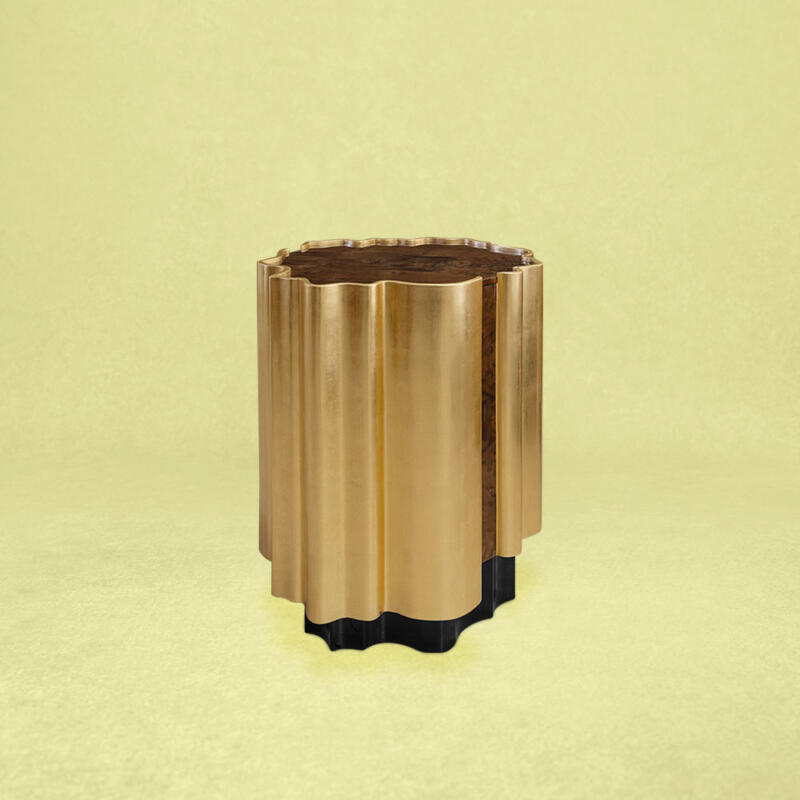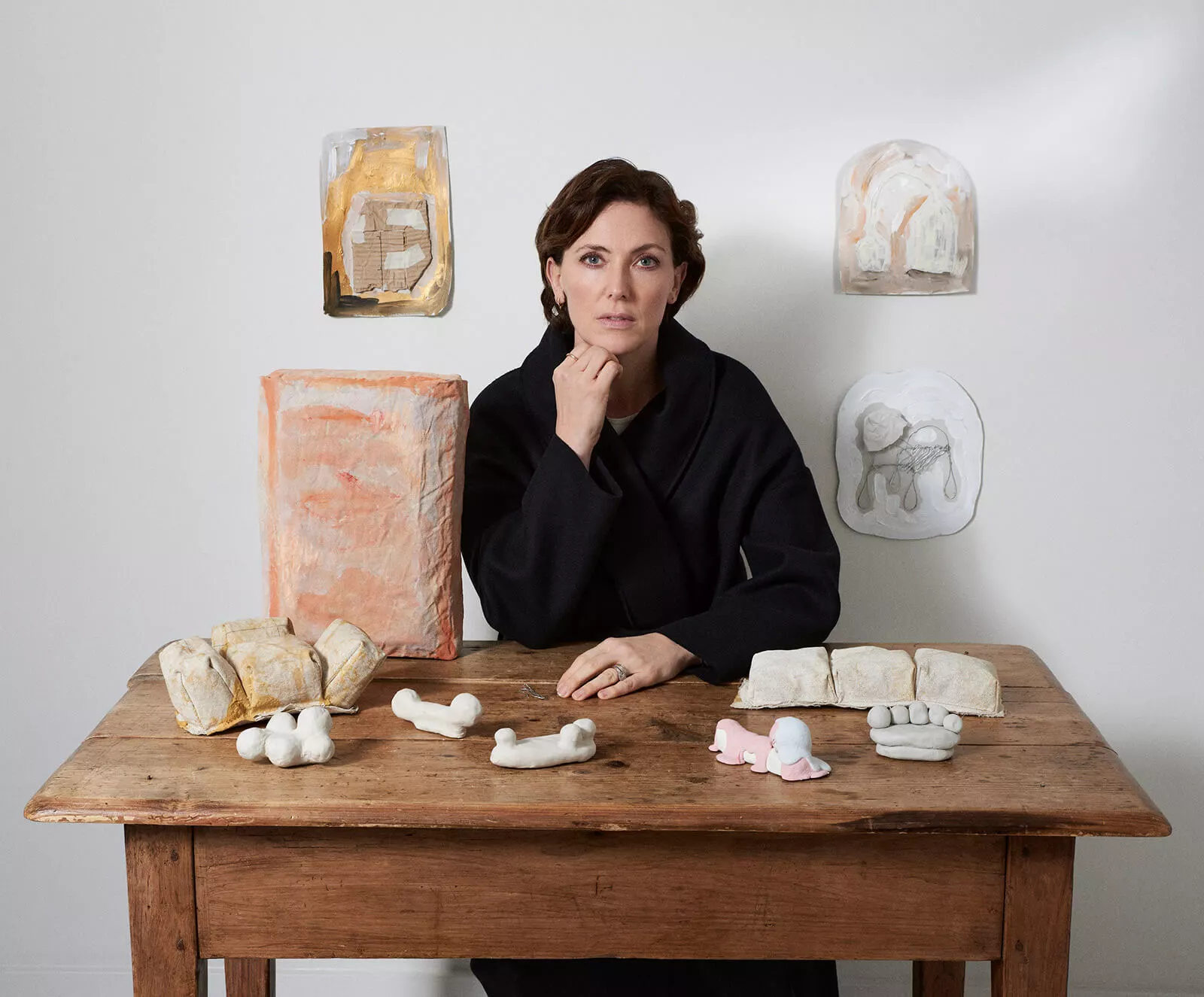
1920s Interior Design: The Glamorous Era That Changed Everything
The 1920s was more than just a decade of jazz, flappers, and silent films — it was a design revolution. Known as the age of Art Deco, the 1920s Interior Design movement transformed homes into spaces of bold expression, elegance, and modernity. With a perfect blend of luxury and innovation, this era left a lasting mark on the world of interiors that still inspires designers today.
The Origins and Characteristics of 1920s Interior Design
The Art Deco Movement and Its Influence on 1920s Interior Design
At the heart of 1920s Interior Design lies the Art Deco movement. Emerging in Paris just before World War I and flourishing throughout the 1920s, Art Deco celebrated progress, speed, and glamour. Interiors became a canvas for bold design choices, with symmetry, geometric patterns, and modern luxury taking center stage.
Art Deco introduced sleek, streamlined aesthetics that rejected the ornate detailing of previous eras. The style embraced a more structured look, balancing elegance with a futuristic appeal that captured the spirit of the time.
Materials and Textures That Defined 1920s Interior Design
Luxury was essential in 1920s interiors, and the materials reflected that. Designers favored high-end surfaces like marble, lacquered wood, mirrored glass, and chrome. Velvet, silk, and exotic woods were used to add depth and texture.
One of the most iconic materials of the era was ebony, often used for furniture pieces with clean lines and dramatic contrasts. Metals like brass and gold leaf were incorporated into furniture and lighting fixtures, adding sparkle and a sense of opulence.
Geometric Patterns and Bold Symmetry in 1920s Interior Design
Geometric motifs were a signature element of 1920s Interior Design. Zigzags, chevrons, sunbursts, and stepped forms were used across floors, walls, and textiles. These shapes created movement and rhythm within a space, often arranged with meticulous symmetry — a visual representation of control and sophistication.
From tiled entryways to patterned upholstery, the use of geometry wasn’t just decorative; it symbolized the order and dynamism of the modern world.


Color Palettes and Decorative Motifs in 1920s Interior Design

The 1920s Interior Design aesthetic was as much about colour as it was about form and material. The color palettes of the era reflected a blend of boldness and refinement. Jewel tones like emerald green, sapphire blue, and ruby red were frequently used to evoke luxury and richness, often paired with neutral backgrounds in beige, ivory, or dove grey to create contrast and elegance.
Iconic Colors Used in 1920s Interior Design
Colour choices were carefully curated to convey drama without overwhelming the space. Black and gold became a signature combination, symbolizing opulence and modernity. Soft pastels also emerged in some interiors, especially in bedrooms and lounges, where rose pinks, mint greens, and powder blues introduced a more delicate and feminine atmosphere.
Walls were often painted in muted tones to allow furniture and accessories to stand out, while metallic accents — especially in gold, silver, and bronze — added depth and glamour to any room.
How to Incorporate 1920s Interior Design into Modern Spaces
While 1920s Interior Design is deeply rooted in a specific historical period, its timeless elegance and bold geometry continue to influence contemporary interiors. Whether you’re designing a new space from scratch or updating a single room, there are several accessible ways to infuse the spirit of the roaring twenties into your modern home.
Blending Modern Minimalism with 1920s Interior Design
The clean lines and symmetrical forms of 1920s Interior Design make it surprisingly compatible with today’s minimalist trends. To strike a balance, start with a neutral base — think soft beige, dove grey, or matte black — and add key Art Deco elements like a statement mirror with a sunburst frame or a velvet sofa in a jewel tone.
The key is to let bold features shine without overwhelming the space. A minimalist room with one or two iconic 1920s pieces can feel both fresh and nostalgic, offering a modern take on a classic look.
You may be inspired by:
You might also like: Inside Lenny Kravitz’s Home in Paris: A Breathtaking Parisian Design Oasis
Are you interested in finding more about 1920s Interior Design? Let us know!









